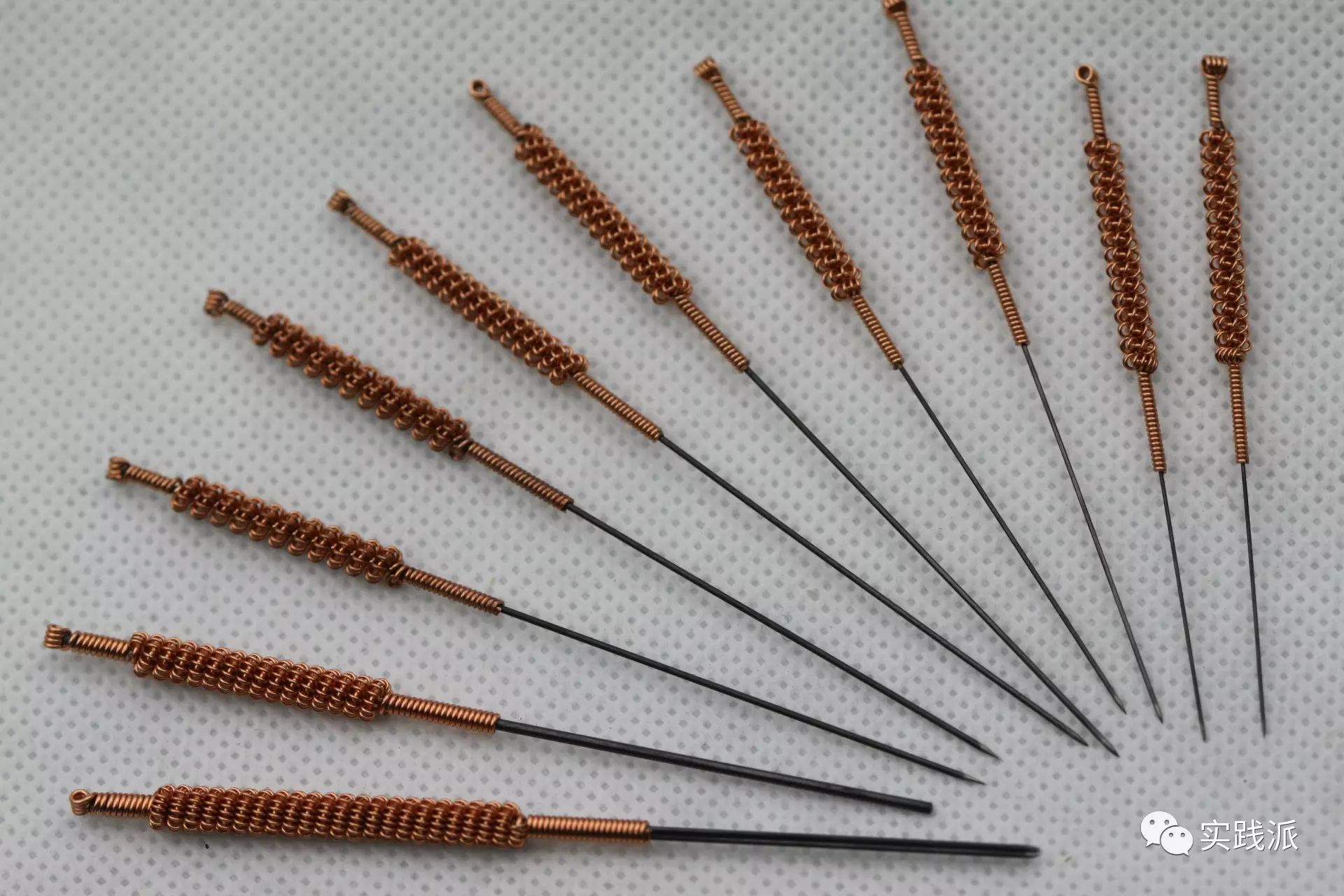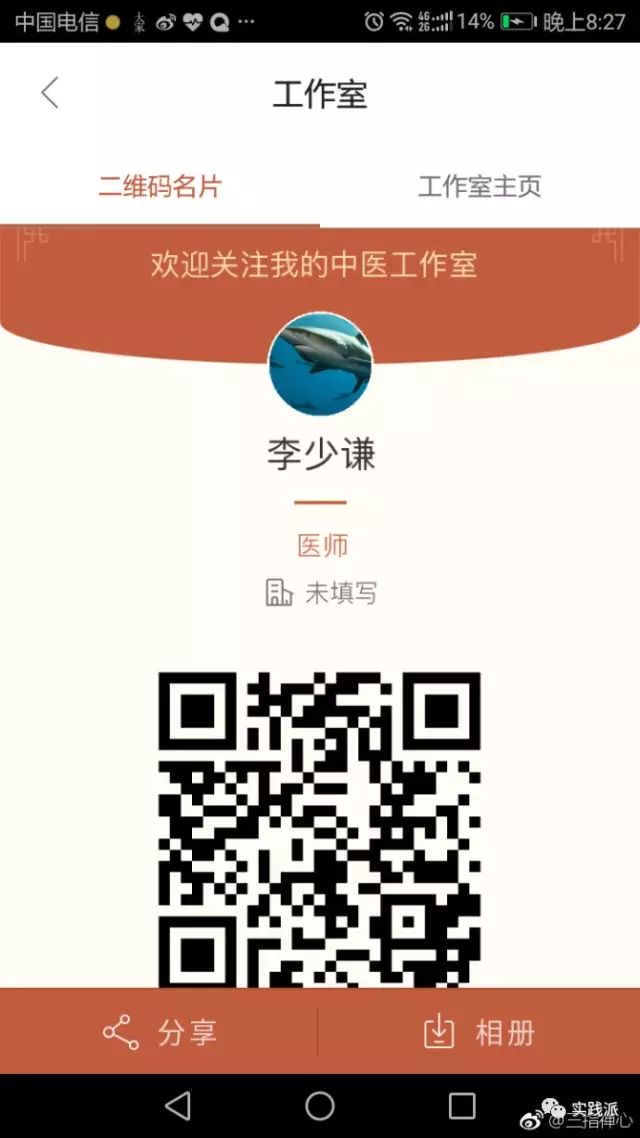
Clinical Applications of Fire Needle Therapy
Zhang Jincheng
(Health Clinic, Party School of Shihezi, Xinjiang, 832000, China)
Fire needle therapy, known as “chuan ci” in ancient times, involves heating the needle until red and then inserting it into the affected area or acupuncture point. This method can be intimidating, leading to its decreased use. However, after over thirty years of practice in acupuncture, I have found that when appropriate indications are selected and the technique is correctly applied, its efficacy surpasses that of other methods. I will share my experiences in the following sections for peer review and feedback.
1. Superficial Abscesses
Use the fire needle to puncture the apex of the abscess. For abscesses larger than 1 cm in diameter, a plum blossom pattern of punctures is made to drain the pus without the need for drainage tubes, followed by applying a disinfected gauze. One treatment is sufficient for recovery. Patients experience minimal pain during the procedure, especially for abscesses at the tips of fingers or toes, where immediate pain relief is achieved.
Example 1: Liu, 73 years old, presented with a cyst in the left ear. After multiple punctures and drainage attempts at the hospital, a 3 cm x 2 cm x 1 cm abscess formed due to cartilage infection. After five punctures with the fire needle, a rice soup-like pus mixed with curd-like material was expelled. Two weeks later, the wound healed without recurrence.
Example 2: Shi, 15 years old, experienced severe pain at the tip of the left index finger, accompanied by chills and fever for two days. Upon examination, a finger abscess was noted. After puncturing with the fire needle, the pus was expelled, and the pain immediately subsided. One week later, the epidermis of the affected finger had shed.
2. Cervical Lymphadenitis
During fire needle treatment, the hand is used to stabilize the lesion, and the needle is inserted deep into the center of the lymph node, with three punctures made in a triangular pattern for each node. Enlarged lymph nodes may begin to shrink within about two weeks, and no scarring is left after treatment.
Case: Zhang, 40 years old, presented with enlarged lymph nodes in the left neck, the largest resembling a jujube and the smallest like a peanut, with a firm texture and some mobility, but no tenderness. Pathological examination confirmed lymphadenitis. After six months of standard anti-tuberculosis treatment with no change in the mass, fire needle puncture was performed. Ten days later, the mass began to decrease, and it completely regressed after one month.
3. Warts and Skin Tags
For warts less than 3 mm in diameter, the fire needle is inserted directly into the center of the wart to destroy the central blood vessels. For larger warts, 3-5 punctures are made around the top of the wart, leading to gradual desiccation. For multiple warts, only the earliest or largest one is treated, allowing the others to resolve spontaneously. For pedunculated skin tags, puncture around the base and then use the needle to cauterize horizontally to induce detachment.
Case: Gao, 60 years old, had a mushroom-shaped skin tag on the right side of the waist measuring 5 cm x 5 cm x 2 cm for over thirty years. Recently, it became painful, red, and swollen, gradually enlarging. Fire needle treatment was applied around the base, followed by horizontal cauterization. Two weeks later, the scab fell off. One year later, follow-up showed only a small area of pigmentation where the wart had been.
4. Lateral Epicondylitis
Identify the pain point and use a fine fire needle to puncture in a plum blossom pattern centered on the pain point, ensuring the needle tip touches the periosteum. If ineffective after one treatment, wait a week before re-treating, with a maximum of three treatments needed to alleviate symptoms.
Case: Sun, 45 years old, a manual laborer, experienced pain at the right lateral epicondyle for two years, unable to perform his job or lift weights, often waking at night due to pain. After two fire needle punctures at the pain point, the pain disappeared, allowing him to return to work.
5. Ganglion Cysts
Puncture the cyst wall at two points with the fire needle to expel the viscous fluid; one treatment is sufficient. This method is simple and has a low recurrence rate.
6. Corns
Puncture the center of the corn with the fire needle to penetrate the keratin layer, allowing it to gradually fall off after one treatment.
7. Subungual Hematomas
Puncture two points from the back of the nail at the site of the bruise to expel the blood, providing immediate pain relief. If treated promptly, it can prevent nail loss.
8. Conclusion
Fire needle therapy is a form of traumatic physical stimulation that utilizes high-temperature needles to penetrate the body, causing localized deep burns that denature proteins and lead to cell disintegration and carbonization. This process induces the release of certain endogenous bioactive substances, such as mediators released from lysosomes and various lymphokines produced by T lymphocytes, which migrate to the affected area, inducing the body’s immune response to the pathological tissue and promoting its resolution, absorption, repair, and reconstruction.
In Traditional Chinese Medicine, fire needle therapy is referred to as “fan zhen jiao ci,” utilizing the dual effects of heat and needling to unblock meridians, harmonize Qi and blood, and balance Yin and Yang to restore health.
The efficacy of fire needle therapy is closely related to the technique used; the needle must be heated until it glows red, and the insertion and withdrawal should be performed quickly, ideally within 1/10 of a second. Treatment is concluded when the patient experiences pain.
We welcome all colleagues to follow the Qianhe Tang TCM Studio for discussions and exchanges.


